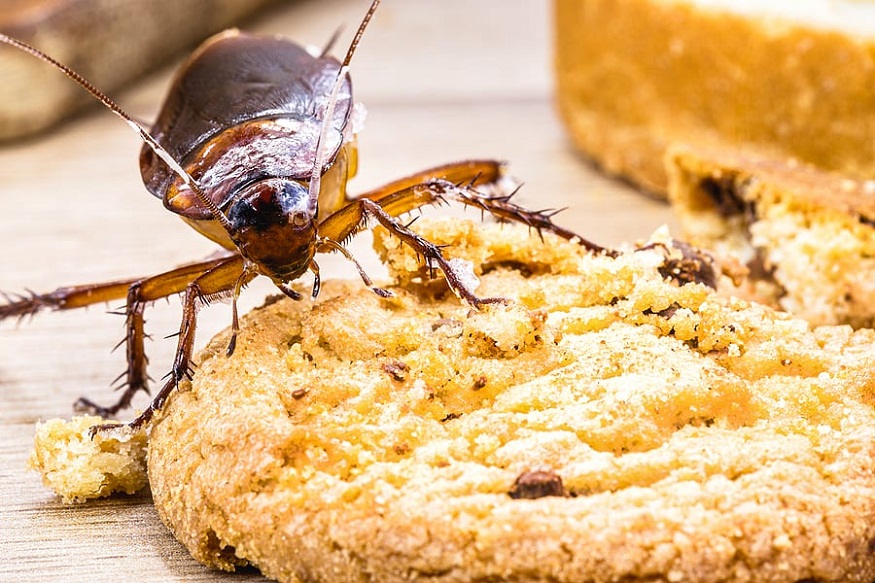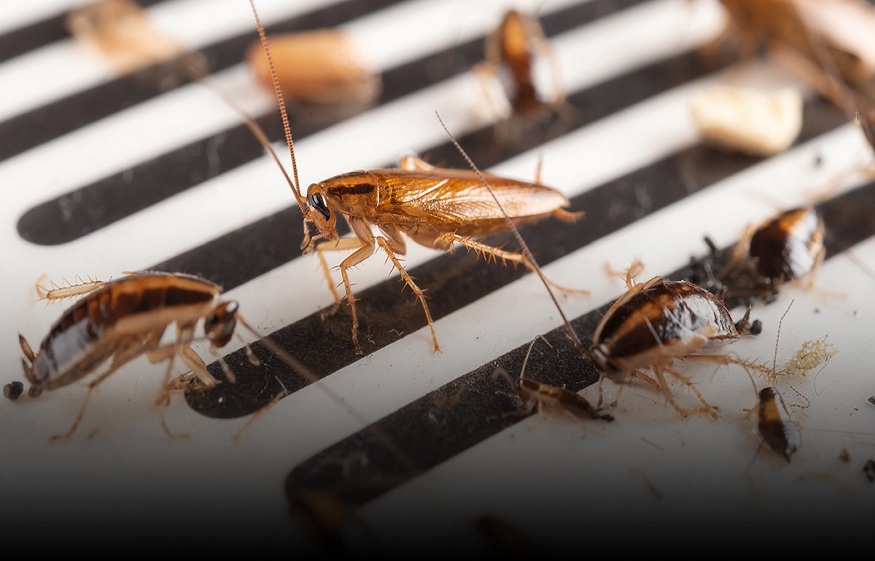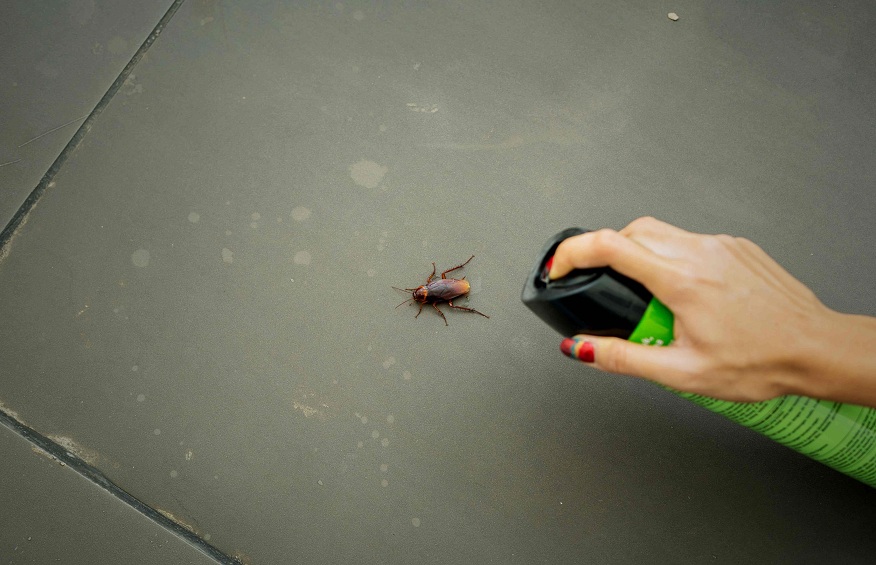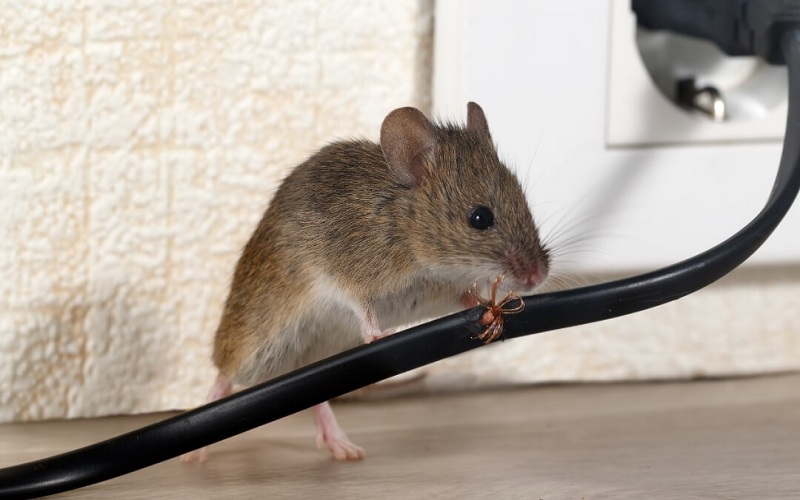Crumbs behind appliances, grease buildup in hard-to-reach places, and moisture from leaky pipes create an ideal pest habitat. Even the most diligent homeowners struggle with pest problems because they focus on visible cleanliness while overlooking the specific conditions that attract different pest species.
The frustration intensifies when pest problems persist despite using store-bought sprays and traps. Many people waste money on ineffective solutions because they do not address the root causes that make kitchens so appealing to pests. Understanding why kitchens attract pests is crucial for developing effective prevention strategies.
Get started by reading our blog post below and become smarter in kitchen pest management.
What Attracts Pests In Your Kitchen?
1. Plenty of Food Sources and Storage Issues
Boxes of cereal, packages of crackers, and even bags of pet food with loose seals can become pest thoroughfares, allowing tiny bugs to enter and infect entire food supplies. When pests find these harborage, they leave scent trails for other members of the colony to follow directly to them as well.
Products left on counters decay and bring in fruit flies, which can multiply quickly in overripe food. One ripe banana or tomato can feed hundreds of fruit fly maggots within days. Onions and potatoes put away in moist, warm places also grow soft spots, which serve as feeding and breeding sites for certain flying insects.
2. Too Much Moisture and Water Access Points
Leaky pipes under sinks provide the right moisture levels that cockroaches, silverfish, and other humidity-loving pests need in order to survive. Small leaks that might appear small can keep up the level of dampness that these pests prefer to live in and breed. The availability of water and food sources in the vicinity renders an under-sink area a perfect real estate for pests to form a colony.
Drains of the dishwasher, refrigerator tend to accumulate buildup and moisture, carrying food particles. They become the perfect home for drain flies and a source of water for more massive pests such as mice and rats.
Tips to Remember To Keep Your Kitchen Pest Proof
1. Strategic Food Storage and Container Management
Place all opened bulk dry goods into airtight glass jars or heavy-duty plastic zip-close bags with locking tops immediately after opening the original packaging. This discourages pests and helps identify contaminants early.
Ripe fruits and vegetables are the most attractive to insects, so keep them in the refrigerator, not out on the counters, especially during the hot summer months when the insects are the most active. Store only as much produce as you are going to eat in two days at the temperature at which it is best consumed.
Furthermore, rotate pantry products on the first-in, first-out system to keep foods from aging and becoming odorous to pests. Put newer purchases behind older ones, and once a month, check expiration dates. And remove expired goods right away, thoroughly cleaning out your storage space to avoid any pest-attracting remains.
2. Deep Cleaning and Maintenance Protocols
Pull out our refrigerators, stoves, and dishwashers to get to those hard-to-reach areas where bugs like to set up camp. Be extra thorough on motor compartments that overwintering pests are drawn to due to warmth.
Take apart and clean small appliances, such as toasters, coffee makers, and blenders, to prevent build-up that can attract pests. Weekly, remove and empty crumb trays, wiping the inside where the crumbs fall. Such thorough cleaning removes foodstuffs that may have been feeding pests between serious cleanings.
Moreover, check and clean the drain systems once a month using organic destroying enzyme-based cleaners for a naturally fresh smell. Take off the drain covers and clean out the slime and debris where drain flies and other moisture pests breed. Deal with slow-moving drains immediately; standing water is the best breeding ground for pests.
3. Structural Maintenance and Exclusion Methods
Fill openings around pipes, electrical boxes, and the place where the dishwasher hose connects to the sink with expanding foam or kitchen insulation caulk. Concentrate on fine holes where there are entries of the utilities (it may be a floor or a wall), through which pests penetrate into the house, which is rarely paid attention to by homeowners.
Apply door sweeps to exterior doors that lead to the kitchen, and also replace weatherstripping around windows as needed to prevent pest entry. Make sure screen doors are tightly shut and patch any holes in the screen material.




